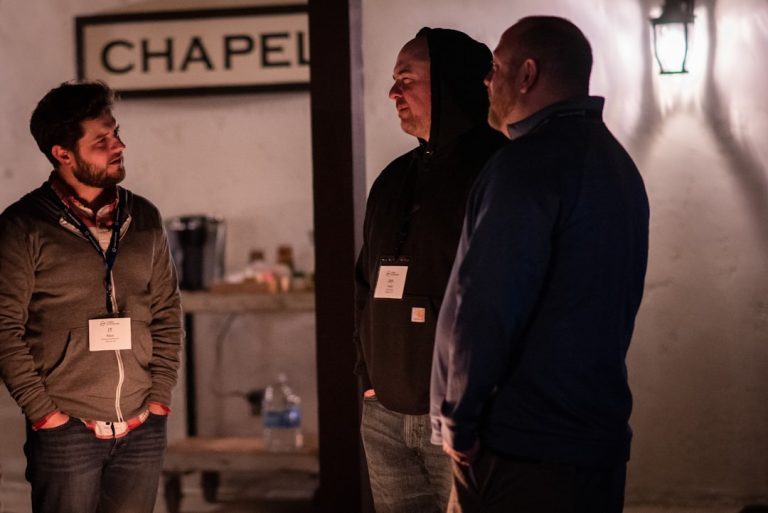Understanding Conjunctions: Connecting Words in Sentences
What Are Conjunctions?
Conjunctions are essential parts of speech that serve as connectors in sentences. They link words, phrases, or clauses together to show the relationship between them. By using conjunctions, we can combine ideas and create more complex and interesting sentences.
There are three main types of conjunctions:
- Coordinating Conjunctions: These conjunctions join words, phrases, or clauses of equal importance. The most common coordinating conjunctions are and, but, or, nor, for, so, yet.
- Subordinating Conjunctions: These conjunctions introduce dependent clauses, which cannot stand alone as complete sentences. They show the relationship between the dependent clause and the independent clause in a sentence. Examples include because, although, if, while, since.
- Correlative Conjunctions: These conjunctions work in pairs to connect elements in a sentence. Examples include both…and, either…or, neither…nor, not only…but also.
How Conjunctions Work
Coordinating Conjunctions
Coordinating conjunctions are simple words that connect words, phrases, or clauses. Let’s look at some examples:
- And: I like to read books, and I enjoy watching movies.
- But: She wanted to go to the party, but she had too much homework.
- Or: Would you like tea or coffee?
- Nor: He neither sang nor danced at the concert.
- So: It was raining, so we took an umbrella.
- For: She was hungry, for she hadn’t eaten all day.
- Yet: She was tired, yet she couldn’t sleep.
Subordinating Conjunctions
Subordinating conjunctions introduce dependent clauses. Let’s see how they work in sentences:
- Because: I stayed home because it was raining.
- Although: Although it was late, he continued working.
- If: If you study hard, you will pass the exam.
- While: She sang while she cooked dinner.
- Since: Since she left early, she arrived on time.
Correlative Conjunctions
Correlative conjunctions work in pairs to connect elements. Here are some examples:
- Both…and: Both the students and the teacher enjoyed the field trip.
- Either…or: You can either have cake or ice cream.
- Neither…nor: Neither the cat nor the dog made a sound.
- Not only…but also: She is not only intelligent but also hardworking.
Practice Using Conjunctions
Now, let’s practice using conjunctions in sentences:
- Complete the sentences using the correct conjunction:a. She was tired, _ she stayed up late to finish her homework.b. _ he studies hard, he will succeed.c. They can choose _ to watch a movie _ play games.
- Write a sentence using a subordinating conjunction:Example: Because it was snowing, they decided to stay indoors.
Importance of Conjunctions
Conjunctions are crucial in writing and speaking as they help us express relationships between different parts of a sentence. By mastering conjunctions, we can create clear, coherent, and engaging communication. Practice using conjunctions in your writing to enhance the quality of your sentences and make your ideas flow smoothly.
Remember, conjunctions are like bridges that connect different parts of a sentence, making your writing more effective and interesting.
In Summary
Conjunctions are powerful tools in language that enable us to express complex ideas and relationships in sentences. By understanding the different types of conjunctions and how to use them correctly, you can elevate the quality of your writing and communication skills. Practice using conjunctions regularly to become a more proficient writer and speaker.
Keep exploring the world of conjunctions and enjoy creating dynamic and engaging sentences with the help of these versatile connectors!





